YANMAR 8LV-370: The Compact V8 Powerhouse with 370hp
Big-block performance in a remarkably compact package, delivering effortless power for demanding applications.
Introduction
When a vessel demands serious power but space is at a premium, the YANMAR 8LV-370 370hp marine diesel engine stands in a class of its own. This engine represents the pinnacle of YANMAR’s high-performance marine line, combining the torque and smoothness of a V8 configuration with packaging efficiency that challenges larger inline-six engines. At Wave Inboard Motors, our expertise with this formidable powerplant comes from integrating it into high-end sportfish boats and motor yachts through our Marine Engine Installation Services, where its power density consistently transforms vessel performance.
The 8LV-370 is engineered for larger vessels where performance is non-negotiable. It’s the ideal candidate for twin-engine installations on sportfish boats, motor yachts, and luxury cruisers in the 45- to 60-foot range. Its advanced common-rail fuel injection, twin turbochargers, and 32-valve design deliver breathtaking acceleration, robust mid-range torque for carrying heavy loads, and surprisingly refined operation for an engine of its capability.
For owners undertaking a major Marine Engine Repowering Project, the 8LV-370 often serves as a direct, modern replacement for older, heavier, and longer engines. Its ability to fit existing engine beds while dramatically increasing power is a key strategic advantage. To fully appreciate the project scope, we recommend our guide 【Calculating the True Cost of a Marine Repower】.
Technical Specifications Table
| Specification | Detail |
|---|---|
| Model | YANMAR 8LV-370 |
| Engine Type | 8-Cylinder, 4-Stroke, V8, Twin-Turbocharged & Aftercooled, Common Rail Diesel |
| Displacement | 7.0 L |
| Max Output | 370 HP (272 kW) @ 3000 RPM |
| Peak Torque | Approx. 811 lb-ft (1100 Nm) @ 1900 RPM |
| Bore x Stroke | 96 mm x 121 mm |
| Compression Ratio | 16.5:1 |
| Cooling System | Freshwater Heat Exchanger |
| Starting System | 24V Electric Start |
| Alternator Output | 24V, 150A |
| Dry Weight | Approx. 1631 lbs (740 kg) |
| Dimensions (LxWxH) | Approx. 55.1″ x 37.4″ x 38.6″ (1400mm x 950mm x 980mm) |
| Gear Ratio Options | ZF 280A (Various ratios from 1.5:1 to 3.0:1) |
Competitor Comparison Table
| Feature | YANMAR 8LV-370 | Volvo Penta D6-400 | CAT C7.1 355hp |
|---|---|---|---|
| Engine Type | V8, Twin-Turbo, Common Rail | Inline-6, Twin-Turbo, Common Rail | Inline-6, Turbo, Common Rail |
| Power & Torque | 370hp, Massive Torque | 400hp, High Torque | 355hp, High Torque |
| Weight | 1631 lbs | 1764 lbs | 1950 lbs |
| Packaging | Excellent (Compact V8) | Good (Longer Inline-6) | Less Compact |
| Smoothness | Inherent V8 Balance | Very Smooth | Smooth |
| Key Differentiator | Best Power & Torque Density | Higher Peak HP | Industrial Durability |
Verdict: The YANMAR 8LV-370’s dominant advantage is its exceptional power and torque density. It delivers near-equal or superior performance to larger, heavier inline-six engines in a more compact package. While the Volvo Penta D6-400 offers slightly more peak horsepower, the 8LV-370’s compact V8 design and massive low-end torque make it ideal for installations where space is limited and acceleration is critical. For a detailed analysis of premium engine choices, our article Yanmar vs. Volvo Penta vs. Vetus: Choosing a Premium Marine Diesel provides a comprehensive comparison.
Replacement Options Table
| Option | Major Overhaul of Old Engine | Repower with YANMAR 8LV-370 | Repower with Larger Inline-6 |
|---|---|---|---|
| Condition | “Zero-Hour” but Outdated | Brand New, Modern Technology | Brand New, Modern Technology |
| Warranty | Limited (on workmanship) | Full YANMAR Factory Warranty | Full Manufacturer Warranty |
| Performance | Restored to Original | Transformative Power & Response | Strong Performance |
| Packaging | Same Footprint | Often More Compact | May Require Modifications |
| Project Value | Minimal Increase | Maximum Performance Upgrade | Significant Value Increase |
Expert Recommendation: For serious performance vessels, the YANMAR 8LV-370 represents the ultimate power upgrade. Its combination of compact dimensions and massive torque provides a level of performance that often exceeds expectations. For twin-engine installations, the space savings can be substantial. Before committing, a 【Marine Engine Diagnostic Service】 is essential to assess your vessel’s structural readiness, fuel system, and stern gear for this level of power.
Pros and Cons Table
| Pros | Cons |
|---|---|
| Exceptional Power & Torque Density | Premium Purchase Price |
| Compact V8 Packaging | Complex twin-turbo system |
| Inherent V8 Smoothness | Higher fuel consumption at wide-open throttle |
| 32-Valve Design for Optimal Breathing | Requires meticulous 【Scheduled Marine Diesel Maintenance】 |
| Strong Global Support Network |
Frequently Asked Questions (FAQ)
Q1: Why choose a V8 configuration over an inline-6 for a marine engine?
A: The V8 offers a more compact package, particularly in length, which is crucial in many boat designs. It also provides inherently perfect primary balance for smooth operation and typically a broader, flatter torque curve due to better breathing from its 32-valve design.
Q2: Is the 8LV-370 suitable for heavy, displacement-hull vessels?
A: While it can power displacement hulls, the 8LV-370 is optimized for planing hulls that can utilize its high power-to-weight ratio and massive torque for rapid acceleration and high-speed operation. For pure displacement applications, a lower-RPM, larger-displacement engine may be more efficient.
Q3: What kind of fuel consumption can I expect?
A: While specific consumption is excellent for its power class, the 8LV-370 is a high-performance engine. At cruise (around 2200 RPM), expect efficient operation, but wide-open throttle will consume fuel proportionally to its power output. Modern common-rail technology ensures it is far more efficient than older engines of similar displacement.
Q4: What is the most critical maintenance aspect for the 8LV-370?
A: Absolute fuel purity. The high-pressure common rail system operates at extreme pressures with microscopic tolerances. A single instance of contaminated fuel can cause catastrophic damage to injectors and the high-pressure pump, leading to repairs costing thousands. A rigorous 【Scheduled Marine Diesel Maintenance】 program is not optional.
Q5: Can the 8LV-370 be used with pod drives?
A: Absolutely. The 8LV-370 is an excellent candidate for pairing with modern pod drive systems like 【Volvo Penta IPS】 when configured appropriately. This combination can create an unparalleled performance and maneuverability package for a modern motor yacht.
Links to Core Services Pages (Commercial Intent):
-
【Marine Engine Installation Services】: Established our direct, hands-on experience in the introduction.
-
【Marine Engine Repowering Project】: Positioned as the overarching service for this level of upgrade.
-
【Marine Engine Diagnostic Service】: Recommended as a critical pre-purchase step in the “Expert Recommendation.”
-
【Scheduled Marine Diesel Maintenance】: Placed in the FAQ to address the critical need for expert care.
Links to Informational Blog Posts (Informational Intent):
-
【Calculating the True Cost of a Marine Repower】: Targets high-intent users researching the financial investment.
-
【Yanmar vs. Volvo Penta vs. Vetus: Choosing a Premium Marine Diesel】: Captures users in the comparison phase.
-
【Understanding Modern Common Rail Diesel Systems】: Provides technical background for this engine’s advanced operation.
-
【Volvo Penta IPS】 (as a related technology for pod drive integration).
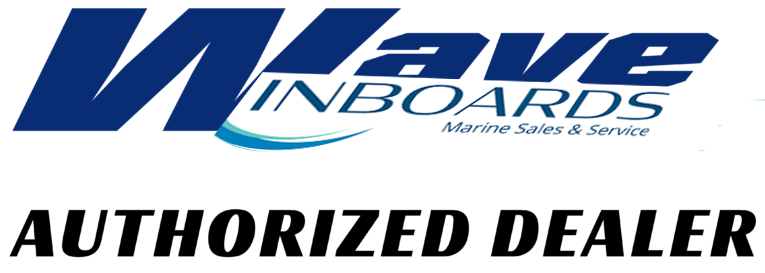
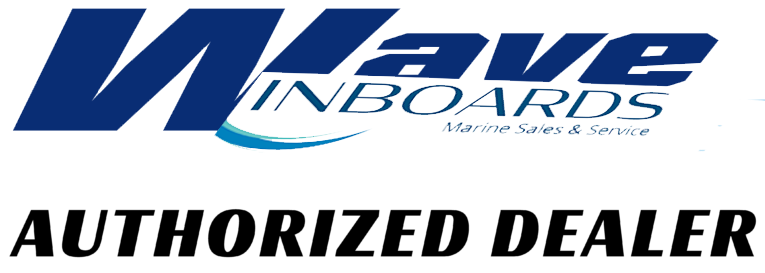

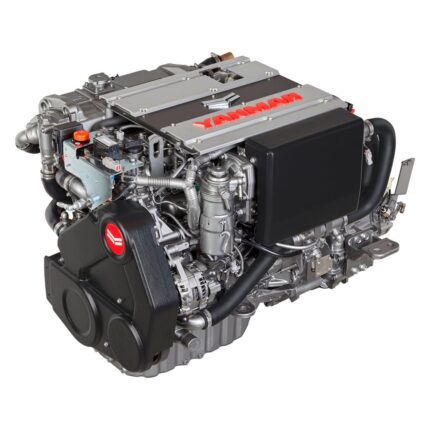
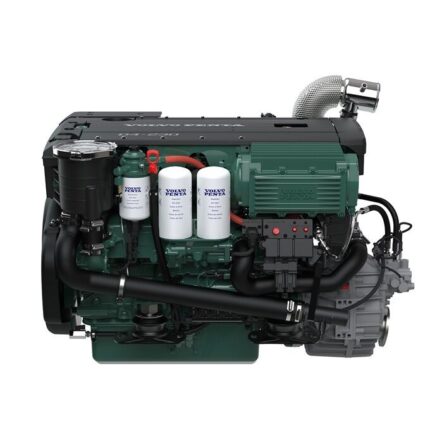
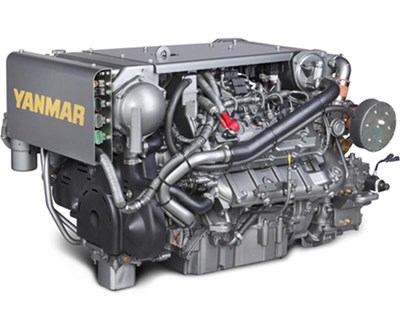


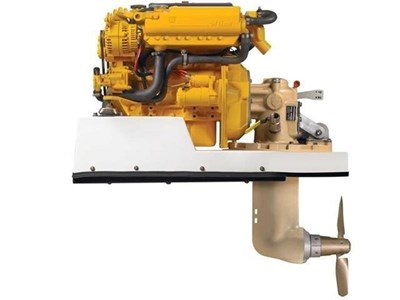
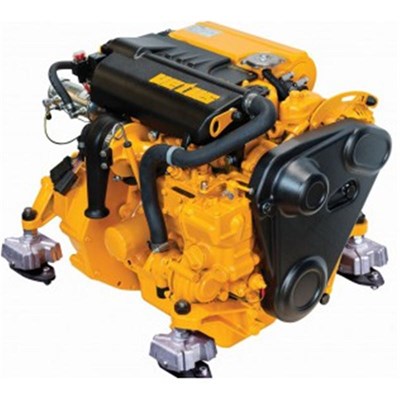
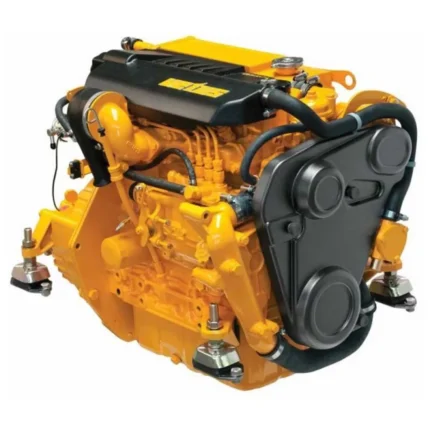
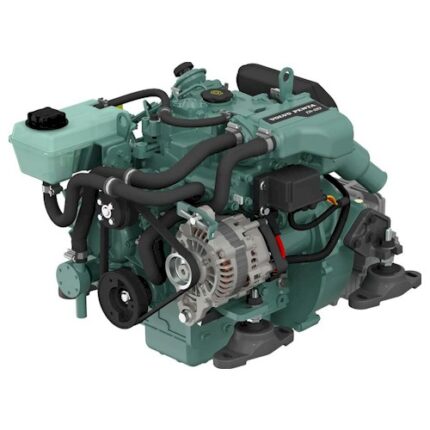
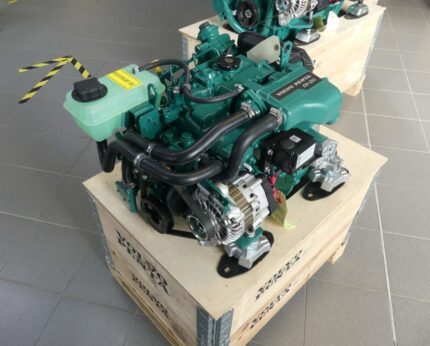
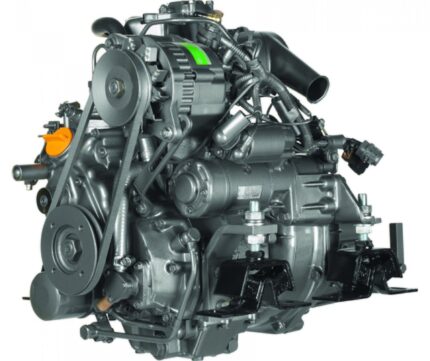
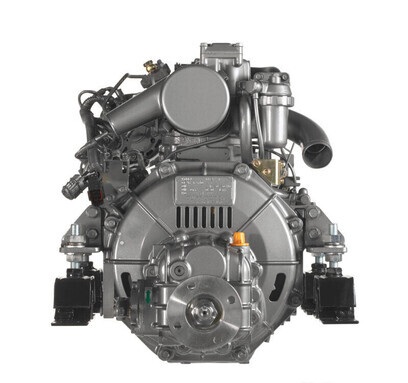
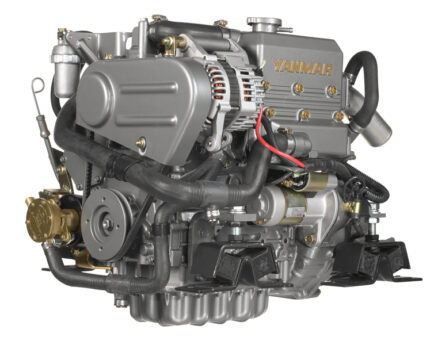
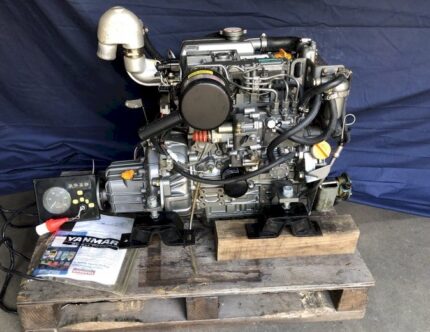
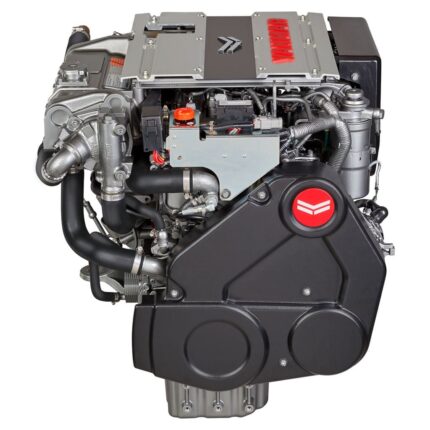
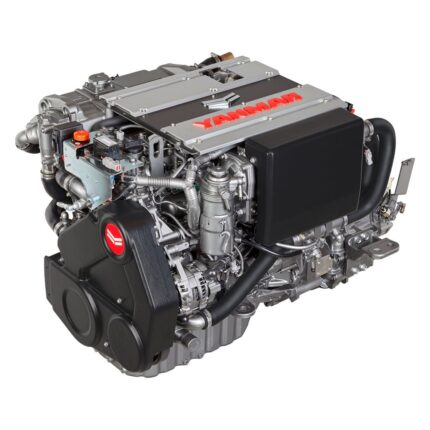
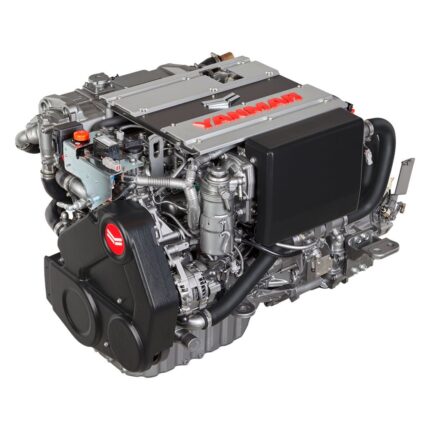
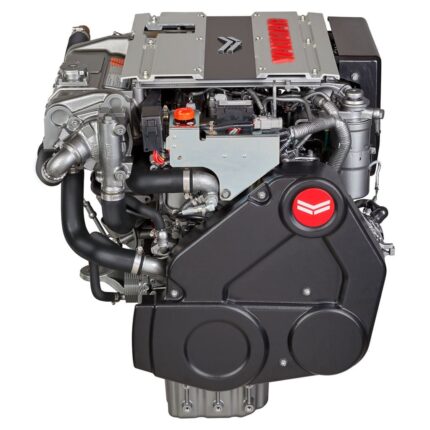









Reviews
There are no reviews yet.